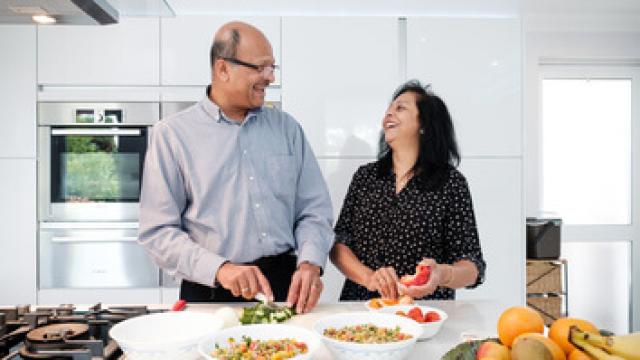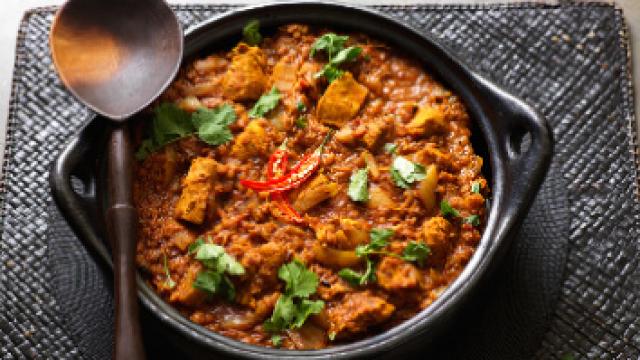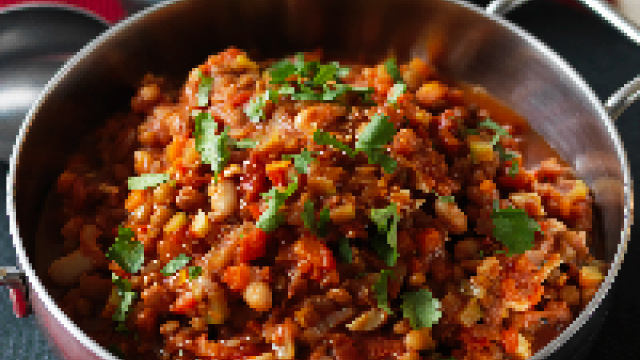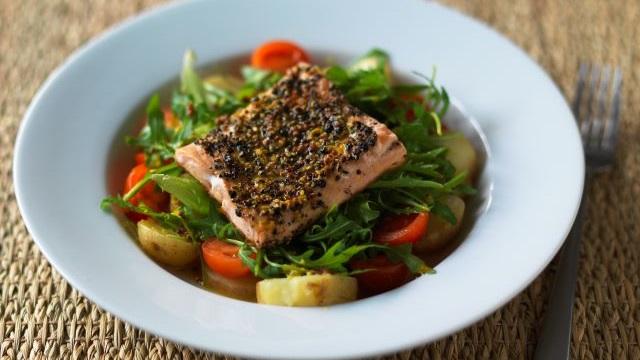
What can I eat with type 1 diabetes?
In a word...anything. Find out how to enjoy a healthy diabetes diet with type 1, including advice on carb counting and understanding carbohydrates.

What can I eat with type 2?
There's no such thing as a special type 2 diabetes diet, but simple changes can help you manage you diabetes and reduce the risk of complications.

If your child has type 1 diabetes
If your child has type 1, find out how to support them with our ideas for recipes and packed lunches for kids, including for fussy eaters!

Try one of our meal plans
We've created 13 nutritionally balanced meal plans to suit all types and tastes. Perfect for helping you to lose or maintain weight.

Recipes
Take a look at our recipe finder and browse from hundreds of delicious meals, including healthier versions of classic dishes.

What is a healthy, balanced diet for diabetes?
Find out how to eat a healthy, balanced diet to help you manage your diabetes.
Off

Order or download free recipe cards
Our recipe cards are here to help you cook tasty and nutritious meals on a budget. Keep them in the kitchen and reuse again and again.

